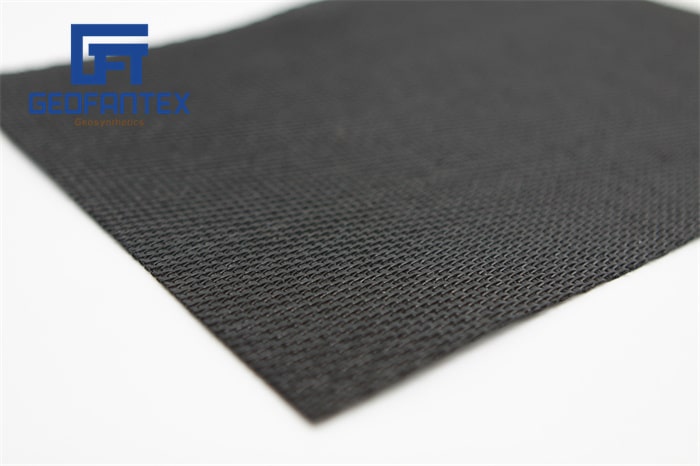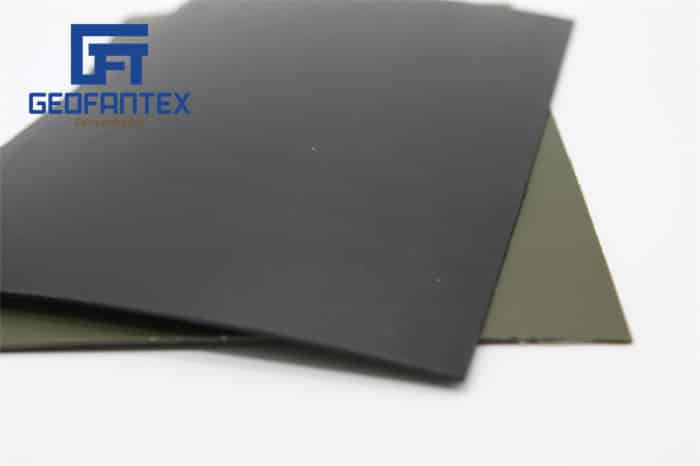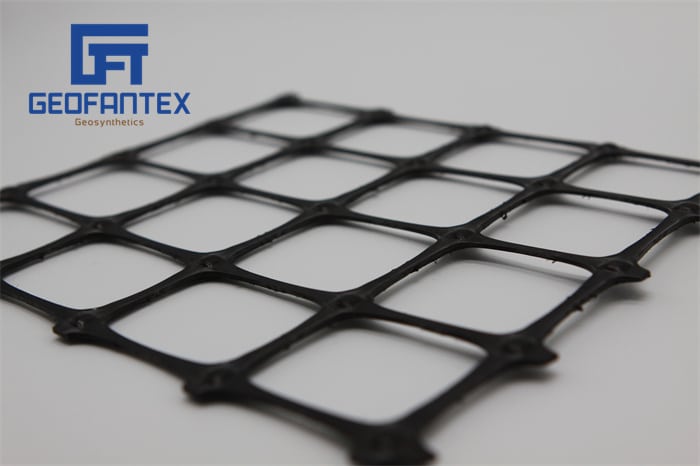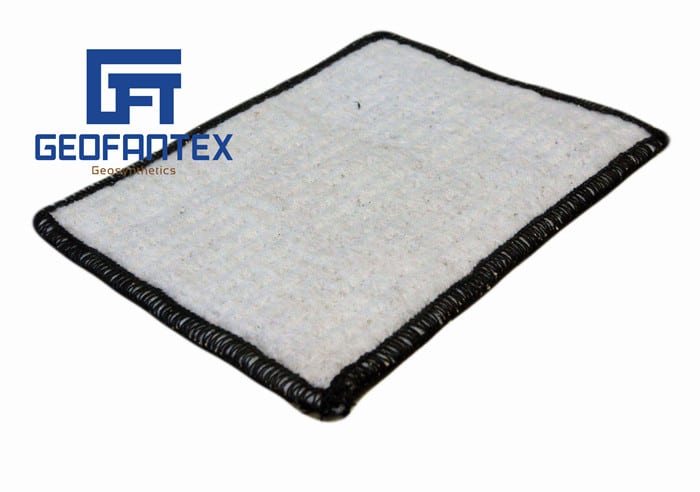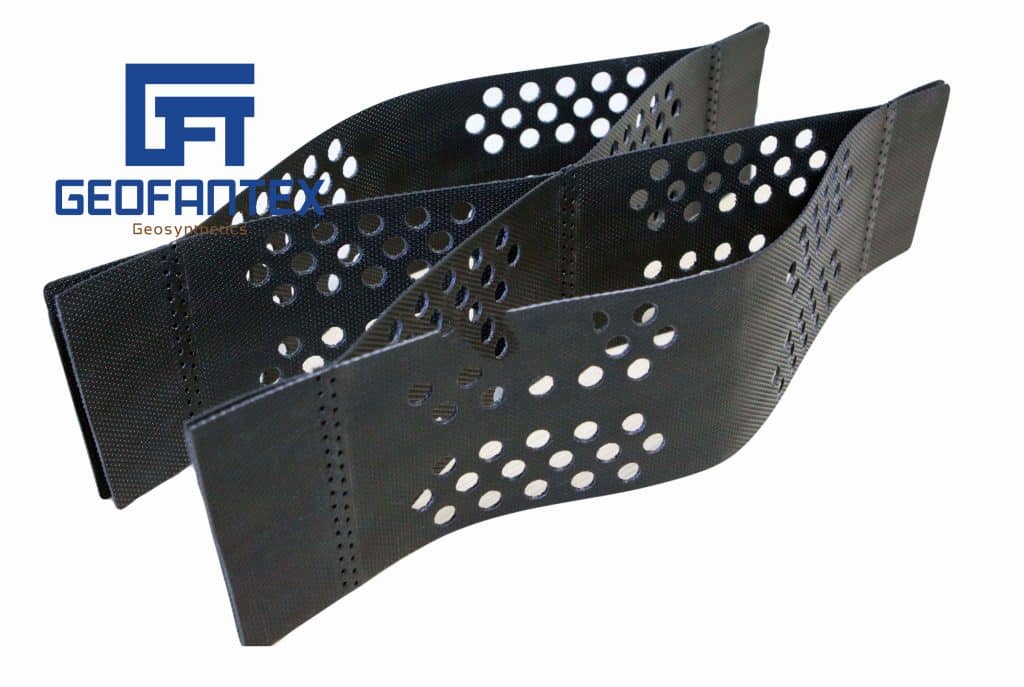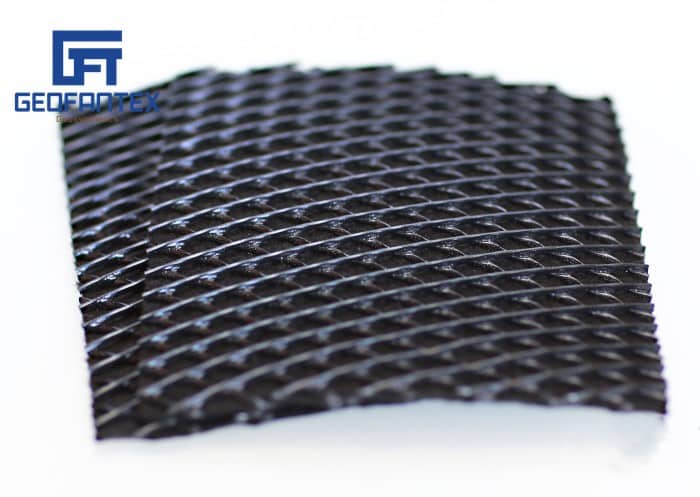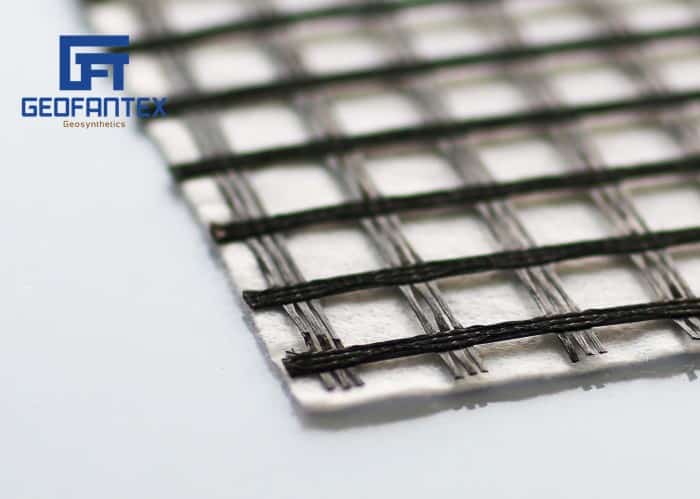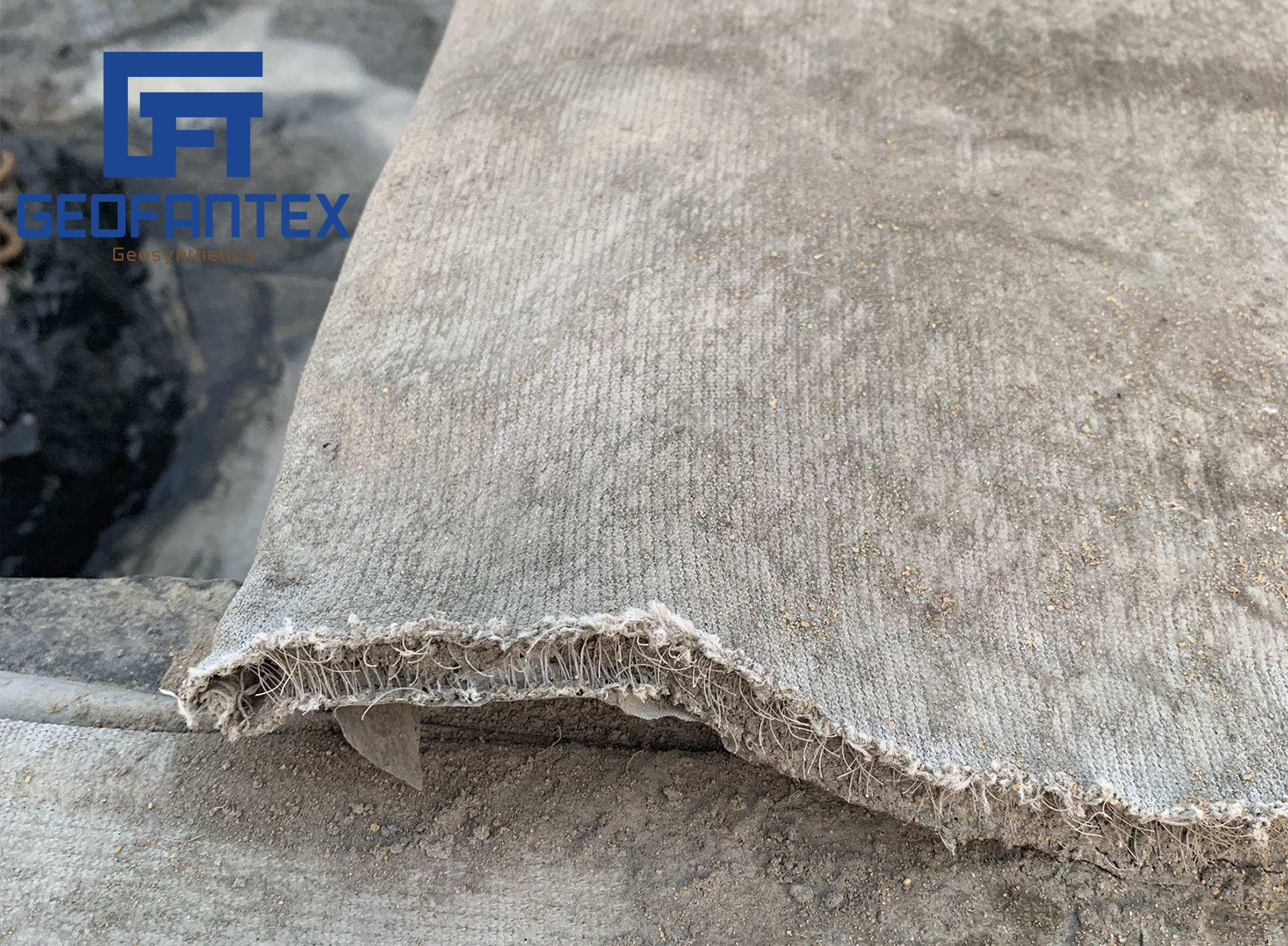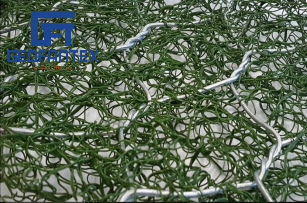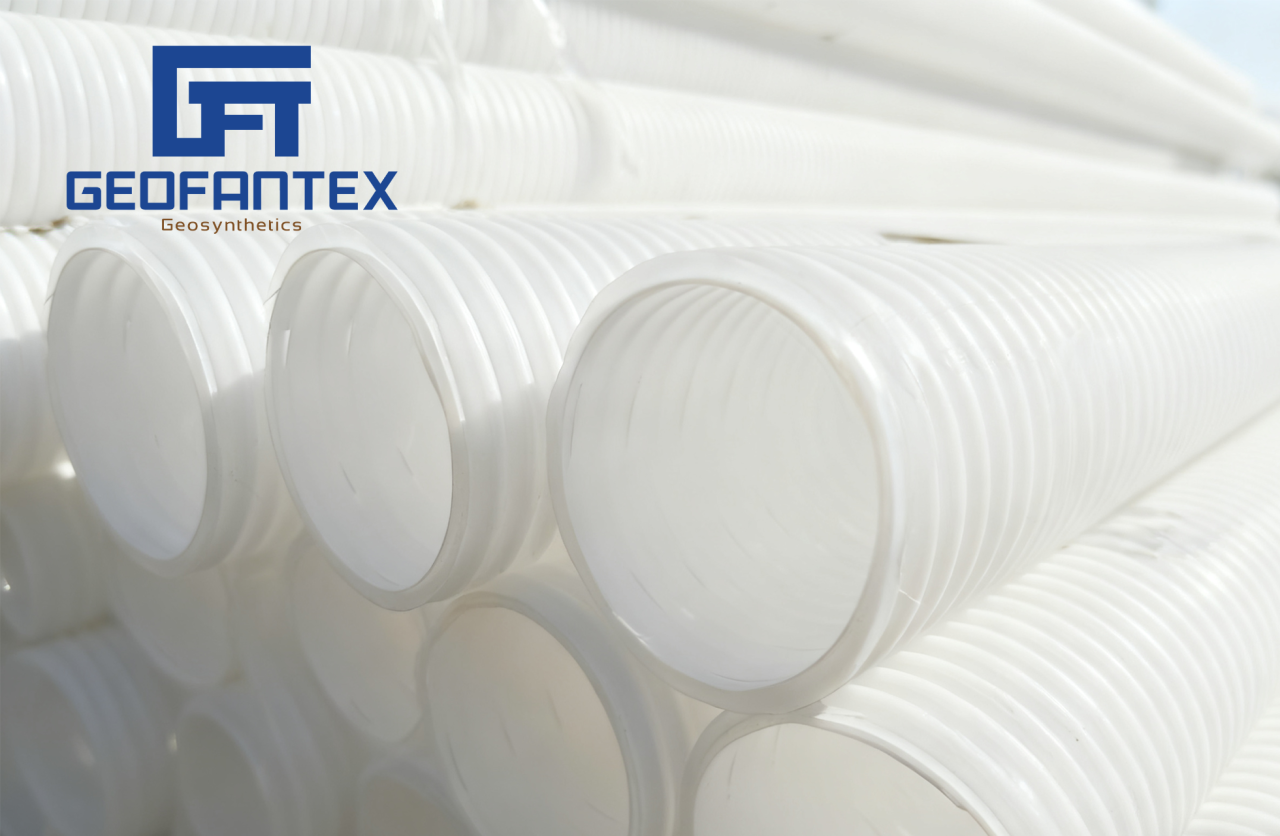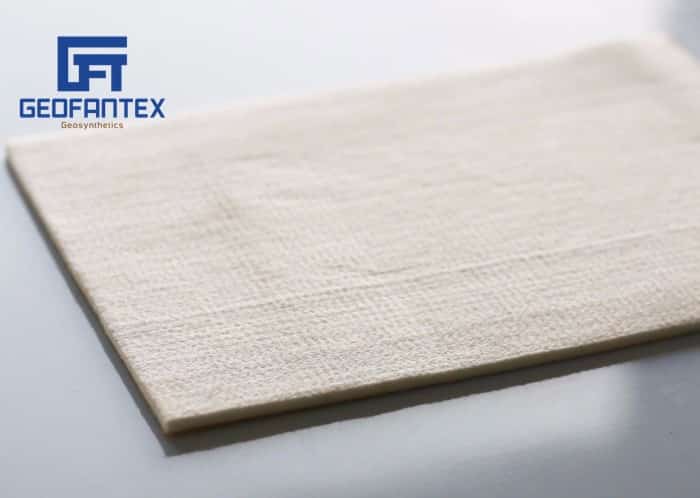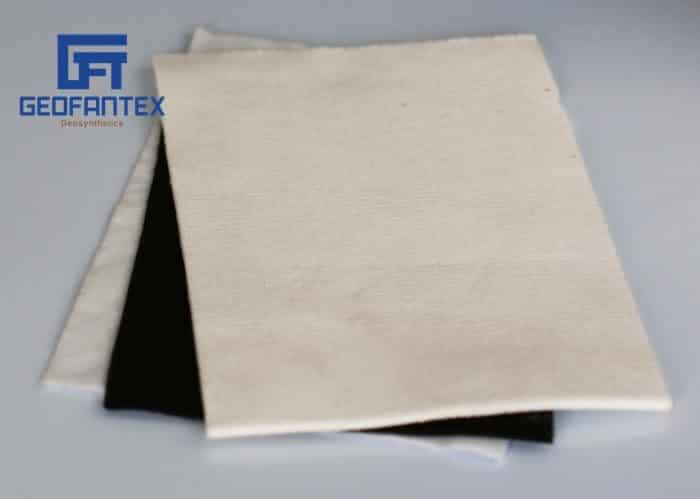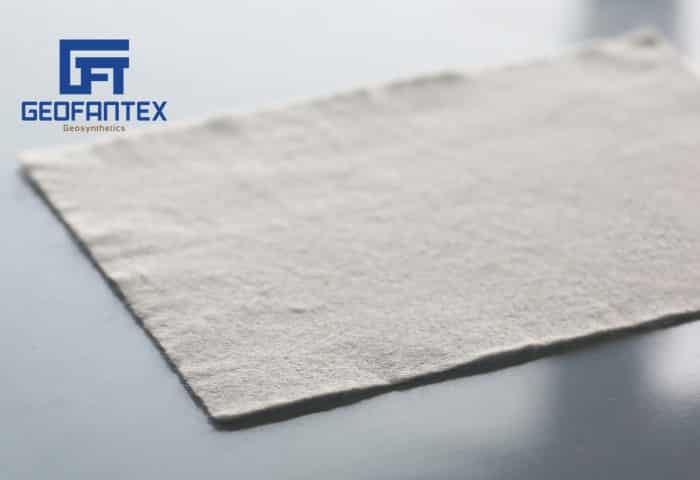+86-159 9860 6917
info@geofantex.com
geofantex@gmail.com
+86-400-8266163-44899
In modern construction practices, soil reinforcement geogrid stands as a pivotal solution for fortifying stability and augmenting strength in diverse projects. Geogrids, specialized polymeric structures engineered with precise apertures, serve as the backbone for reinforcing soil, optimizing load-bearing capacities, and curbing erosion risks. This innovative method intertwines the geogrid within soil layers, forming a robust composite system that bolsters the structural integrity of roads, embankments, retaining walls, and other vital infrastructures. The strategic use of soil reinforcement geogrid not only enhances durability but also mitigates settlement issues, showcasing its indispensable role in ensuring the longevity and reliability of construction endeavors.
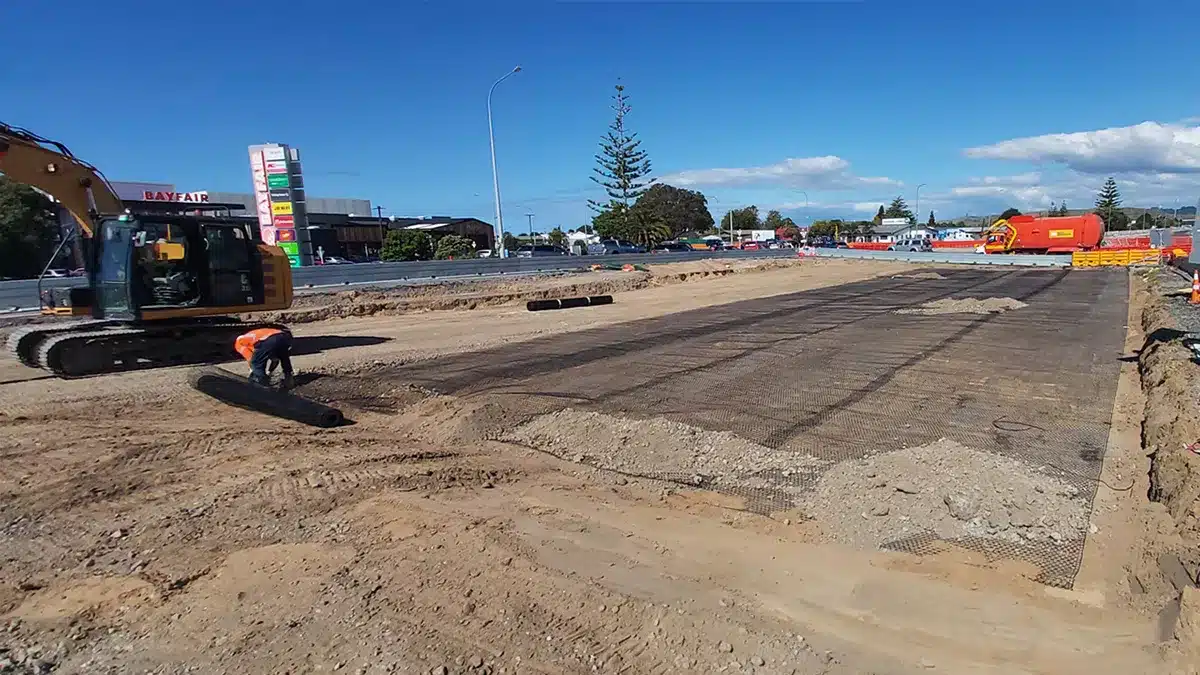
What is geogrid soil reinforcement?
Geogrid soil reinforcement is a technique that uses geogrids—synthetic, grid-like materials—to strengthen and stabilize soil in construction. Here’s a breakdown of how it works and why it’s used:
- Reinforcement: Geogrids interlock with soil particles to improve load distribution and prevent shifting.
- Material: They are usually made from high-strength polymers like polyester, polypropylene, or polyethylene.
- Function: Geogrids enhance the soil’s bearing capacity and reduce settlement, especially on weak or soft ground.
- Applications: Commonly used in retaining walls, roadbeds, embankments, steep slopes, and foundations.
- Benefit: They provide long-term stability, reduce construction costs, and increase the lifespan of infrastructure.
How do you reinforce soil?
Soil reinforcement improves soil strength and stability for construction projects. Common methods include:
- Geogrids: Synthetic grids that distribute loads and prevent soil movement (used in roads, walls, and slopes).
- Geotextiles: Permeable fabrics that aid in drainage and soil stabilization (used in roads, drainage, and erosion control).
- Soil Nailing: Inserting steel bars to stabilize soil in slopes and excavations.
- Compaction: Compressing soil to increase density and strength (used in foundations and pavements).
- Cement/Lime Stabilization: Adding stabilizers to soil to improve strength and moisture resistance.
- Retaining Walls: Structures that prevent soil movement and erosion, especially on slopes.
- Gravel/Sand Layers: Enhances drainage and prevents erosion.
- Vegetation: Planting grass or shrubs to reduce erosion and improve soil cohesion.
These techniques are chosen based on the project’s soil conditions and requirements.
What is the difference between soil stabilization and soil reinforcement?
Geogrids are used in construction projects to enhance soil stability and strength. Key applications include:
- Road Construction: Reinforcing embankments, subgrades, and pavements to prevent rutting and settlement.
- Retaining Walls: Improving lateral stability and reducing soil slippage behind walls.
- Slope Stabilization: Preventing erosion and landslides on steep or unstable slopes.
- Foundation Support: Increasing bearing capacity of weak or expansive soils for buildings and structures.
- Embankments and Railway Tracks: Distributing loads evenly and preventing differential settlement.
This highlights the versatility and effectiveness of geogrid reinforcement across multiple engineering scenarios.
When should you use Geogrid?
Geogrids find application in various scenarios:
- Road Construction: Reinforcing embankments, pavements, and roadways to prevent rutting and increase longevity.
- Retaining Walls: Providing stability to retaining walls against lateral pressures and preventing soil slippage.
- Slope Stability: Strengthening slopes and preventing erosion in steep terrains or landslide-prone areas.
- Foundation Support: Enhancing the bearing capacity of foundations in weak or expansive soils.

Soil reinforcement geogrid stands as a testament to innovative engineering solutions in the realm of construction and infrastructure development. Its versatility, efficiency, and ability to transform weak soil into robust foundations make it an indispensable tool for ensuring durable and resilient structures.



Get Free Sample
We’ll respond as soon as possible(within 12 hours)


